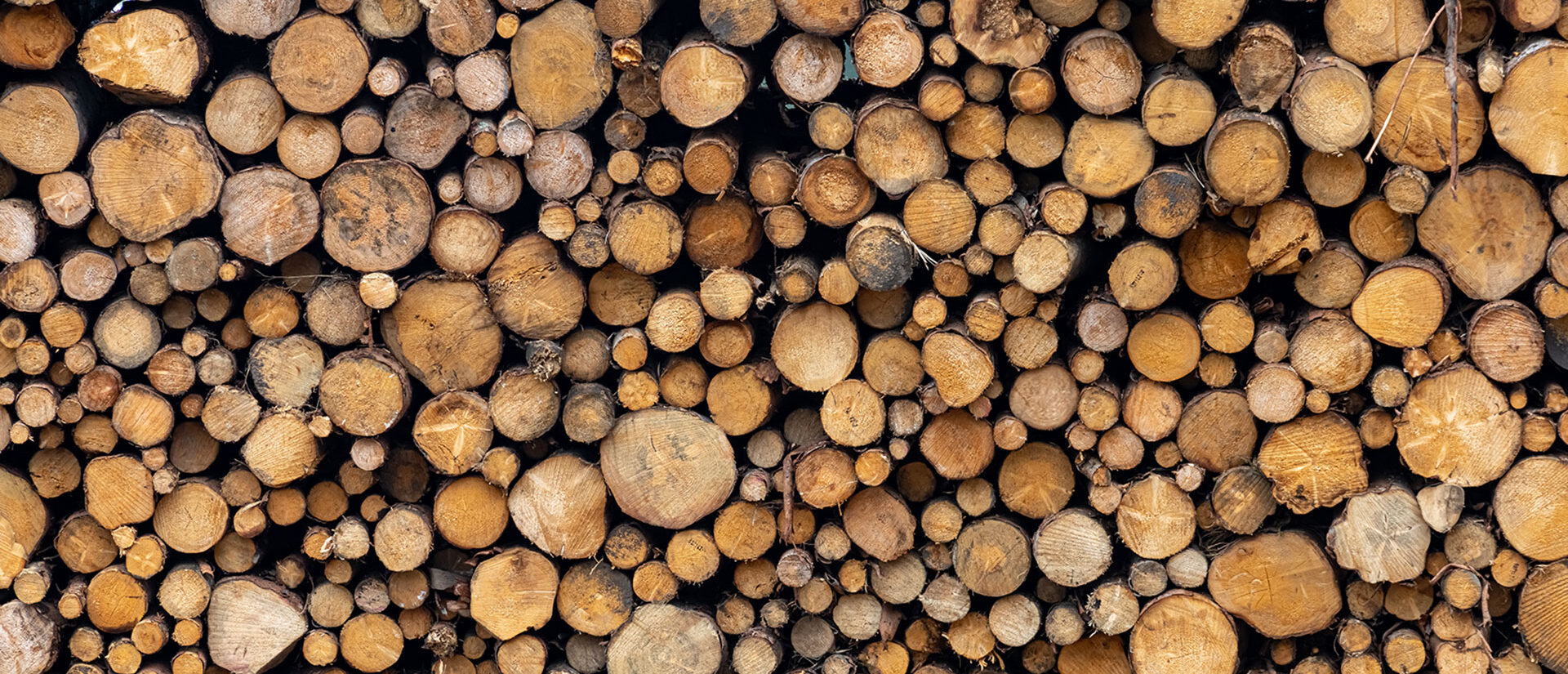- Metsäala
- PTT Raportteja
Anna-Kaisa Rämö – Ritva Toivonen – Anne Toppinen – Päivi Mäki. 2002. Anna-Kaisa Rämö – Ritva Toivonen – Anne Toppinen – Päivi Mäki. 2002. METSÄSEKTORIN KEHITYS ITÄVALLASSA, SUOMESSA JA RUOTSISSA 1970-LUVULTA 1990-LUVULLE. Pellervon taloudellisen tutkimuslaitoksen raportteja n:o 182. 66 s. ISBN 952-5299-55-4, ISSN 1456-3215.
Tiivistelmä: Tämä raportti vertailee Itävallan, Suomen ja Ruotsin metsäsektorien kehitystä aikavälillä 1970-1995. Kuvaus kattaa metsävarat, raakapuun ja metsäteollisuuden tuotannon ja viennin sekä raakapuun tuonnin, jotka kaikki ovat kasvaneet kussakin maassa tuntuvasti tarkastellulla 25-vuotiskaudella. Erityisen samanlaista kehitys on ollut Suomessa ja Ruotsissa. Raakapuun käyttö on kehittynyt metsäteollisuuden tuotannon kanssa saman suuntaisesti, mutta kasvuvauhti on ollut varsin erilainen. Jatkossa integraation eteneminen ja EU:n laajeneminen vaikuttanevat metsäsektorin kehitykseen ja vauhdittavat raakapuumarkkinoiden integraatiota Euroopassa. Puumarkkinoiden integraation syveneminen levittää myös puun tarjonnan ja kysynnän muutosten vaikutuksia jatkossa yhä nopeammin ja laajemmille alueille. Siten mm. ympäristönsuojelun tuomien mahdollisten lisärajoitusten tai toisaalta lisämetsitysten vaikutukset joissakin valtioissa koettaneen koko Euroopassa aiempaa laajemmin.
Avainsanat: puumarkkinat, metsäteollisuus, EU, Itävalta, Suomi, Ruotsi
The Forest Sector Development in Austria, Finland and Sweden during the 1970s to the 1990s. Pellervo Economic Research Institute Reports No 182, 66 p. ISBN 952-5299-55-4, ISSN 1456-3215.
Abstract: This study compares forest sector development in Austria, Finland and Sweden from the 1970s to the mid-1990s, including forest resources, roundwood production, imports of roundwood and the forest industry. The comparison shows that the forest sector is characterised by quite strong growth in each of the three countries. Finland and Sweden in particular share a very similar development. The use of roundwood and production by the forest industry have both grown, but not at equal rates. It is assumed that on-going integration in the EU will increase future roundwood market integration within Europe. Therefore, issues such as restrictions or increases in the roundwood supply in certain regions will probably have impacts on the forest sector throughout Europe, or at least in large parts of Europe.
Key words: wood markets, forest industry, EU, Austria, Finland, Sweden

